
Retaining a log home is a dream for numerous homeowners, combining rustic charm with natural beauty. Still, conserving this unique aesthetic requires consistent care and attention. Log homes are more than just structures; they’re living works of art that respond to environmental changes, weather patterns, and the passage of time. For homeowners searching for log home maintenance near me in Winchester, Virginia, understanding how to properly maintain and protect a log home is pivotal for ensuring its longevity, structural integrity, and visual appeal. In this guide, we explore essential strategies for maintaining and conserving your log home, helping you keep it beautiful and functional for generations.
Understanding the Nature of Log Homes
Log homes are celebrated for their distinctive character, warm air, and connection to nature. Unlike conventional homes erected with slipup or concrete, log homes are constructed with natural accoutrements that expand, contract, and age over time. The wood used in log homes is organic and pervious, making it susceptible to humidity, insects, and environmental stress. thus, maintaining a log home is n't just about aesthetic keep; it's about securing the structural foundation of the structure.
Each log in a home has its own personality, shaped by the species of wood, the drying and milling process, and the conditions it faces after construction. Exposure to sun, rain, snow, and wind can beget the wood to crack, fade, or underpinning if not duly treated. Homeowners must learn to see beyond face appearances and anticipate the subtle signs of aging or damage before they escalate into significant problems.
The significance of Regular examinations
A visionary approach to log home conservation begins with regular examinations. examining your home multiple times a time allows you to identify early signs of wear and tear or damage before they come expensive repairs. Focus on areas that are most exposed to environmental stress, similar as the roofline, foundation, eaves, and surface walls.
When examining, pay close attention to the condition of the logs themselves. Look for cracks, checking( face splits in the wood), or any signs of spoilage. humidity accumulation, especially around corners and window frames, can lead to serious deterioration if left unbounded. Examine caulking, jingling, or sealant between logs, as gaps or cracks can allow air and water infiltration, weakening the structure over time.
Regular examinations also help you cover the goods of seasonal changes. Winter snow and ice, spring rains, summer sun, and afterlife winds each present unique challenges. By establishing a routine examination schedule, you can catch implicit issues beforehand and take corrective action, maintaining both the beauty and integrity of your home.
Guarding Your Logs from humidity
humidity is one of the biggest pitfalls to log homes. Wood naturally absorbs water, which can lead to swelling, cracking, or rot. To cover your log home from humidity, it’s essential to understand how water interacts with the surface and interior shells of your home.
launch by icing proper drainage around your home. Gutters, downspouts, and graded landscaping help direct water down from the foundation, precluding inordinate humidity from accumulating at the base of the logs. Pay attention to roof protuberances, which give a natural guard from rain and snow, reducing direct water contact on the logs.
Applying a quality sealant or stain to the surface logs is another effective measure. These defensive coatings act as a hedge against humidity while still allowing the wood to breathe. Regularly renewing these treatments, generally every three to five times, helps maintain the defensive subcaste and preserves the wood’s natural appearance.
Interior humidity control is inversely important. insure proper ventilation and manage moisture situations to help condensation that can affect walls, ceilings, and bottoms. Using dehumidifiers, exhaust suckers, and air rotation systems can help produce a balanced terrain that protects the wood from internal humidity damage.
Sun Protection and UV Damage
While sun brings warmth and natural light to a log home, it can also be a source of damage. Ultraviolet( UV) shafts can break down the wood’s face filaments, causing fading, abrasion, and face declination. Over time, vulnerable logs may lose their natural color and luster, appearing dull or weathered.
Applying UV- resistant stains or sealants can help cover your home from sun damage. These coatings absorb or reflect dangerous shafts while enhancing the wood’s natural beauty. Reapplication is necessary to maintain protection, especially in areas that admit dragged sun exposure.
Strategic landscaping can also serve as a natural buffer. Planting trees or shrubs in areas exposed to violent sun can give shade and reduce the direct impact of UV shafts on the logs. By combining defensive coatings with thoughtful landscaping, homeowners can minimize sun- related wear and tear and maintain the vibrant, warm appearance of their log home.
Managing Pest Intrusions
rustic structures are naturally seductive to certain insects and pests. Termites, carpenter ants, and wood- boring beetles can compromise the structural integrity of a log home if left unbounded. visionary forestallment and monitoring are essential to cover your investment.
Routine examinations should include looking for bitsy holes, sawdust- suchlike debris, or unusual soft spots in the logs. These signs frequently indicate nonentity exertion. Professional pest control treatments and precautionary measures, similar as treating logs with nonentity- resistant results, can greatly reduce the threat of infestation.
also, maintaining proper surface conditions is pivotal. Keep foliage and wood down from the home’s surface, as these can serve as breeding grounds for insects. icing that logs remain dry and well- maintained also deters pests, as insects are more likely to foray damp or decaying wood.
Addressing Cracks and Settling
Cracks in logs are a natural circumstance and frequently part of the settling process of a log home. While some cracks are purely ornamental, larger or deep splits can lead to structural enterprises or water infiltration. Understanding how to manage these cracks is a vital part of log home preservation.
Chinking or caulking cracks with flexible, high- quality accoutrements helps maintain sequestration, prevents drafts, and keeps humidity out. Avoid rigid accoutrements that can crack further as the wood moves. For significant structural enterprises, consulting a log home restoration specialist ensures that repairs are done safely and effectively, conserving both safety and aesthetics.
Drawing and Surface Care
Maintaining the appearance of your log home involves further than guarding it from rainfall and pests. Regular cleaning helps remove dirt, mildew, pollen, and other debris that accumulate on surface shells. Gentle washing with mild cleaner and water, or a low- pressure washing system, can rejuvenate the logs without causing damage.
Interior wood shells also profit from periodic cleaning. Dust and dirt can settle into the natural grooves of the logs, dulling their appearance. Using applicable wood- cleaning products and soft cloths helps maintain the warm, natural gleam of the interior logs while precluding scrapes or face damage.
Seasonal Considerations
Every season brings its own challenges and openings for log home conservation. Preparing for seasonal changes can help help damage and reduce long- term form costs.
In downtime, examiner ice and snow accumulation on the roof and around the foundation. Ice heads or heavy snow can produce inordinate humidity pressure on logs. In spring, check for damage from storms, melting snow, or spring rains. Summer brings sun exposure, which requires attention to UV protection, while afterlife is the ideal time to prepare for downtime by sealing and examining logs.
By aligning conservation tasks with seasonal changes, homeowners can address issues proactively rather than reactively, keeping their log home in optimal condition time- round.
Professional conservation and Restoration
While numerous conservation tasks can be handled by devoted homeowners, some situations bear professional moxie. Restoration professionals own specialized tools and knowledge to handle log relief, major repairs, or refinishing systems.
Engaging experts ensures that repairs are conducted safely, conserving the home’s structural integrity and aesthetic appeal. Professionals can also give advice on advanced defensive treatments, icing that your log home remains flexible against rainfall, pests, and aging.
Conclusion
A log home is a living testament to the beauty and adaptability of natural materials. Its charm and character are unmatched, but maintaining this beauty requires consistent care, attention, and proactive measures. From regular inspections and moisture management to sun protection, pest prevention, log house caulking, and professional restoration, every aspect of maintenance contributes to the longevity and appeal of the home. Homeowners who embrace these expert tips can enjoy the warmth, elegance, and comfort of their log home for decades, ensuring that the structure remains a source of pride and joy. By understanding the unique challenges of log home ownership and taking deliberate steps to address them, you safeguard not just a house, but a heritage of craftsmanship and natural beauty that stands the test of time.
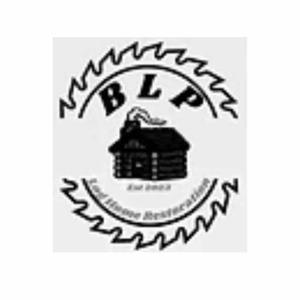
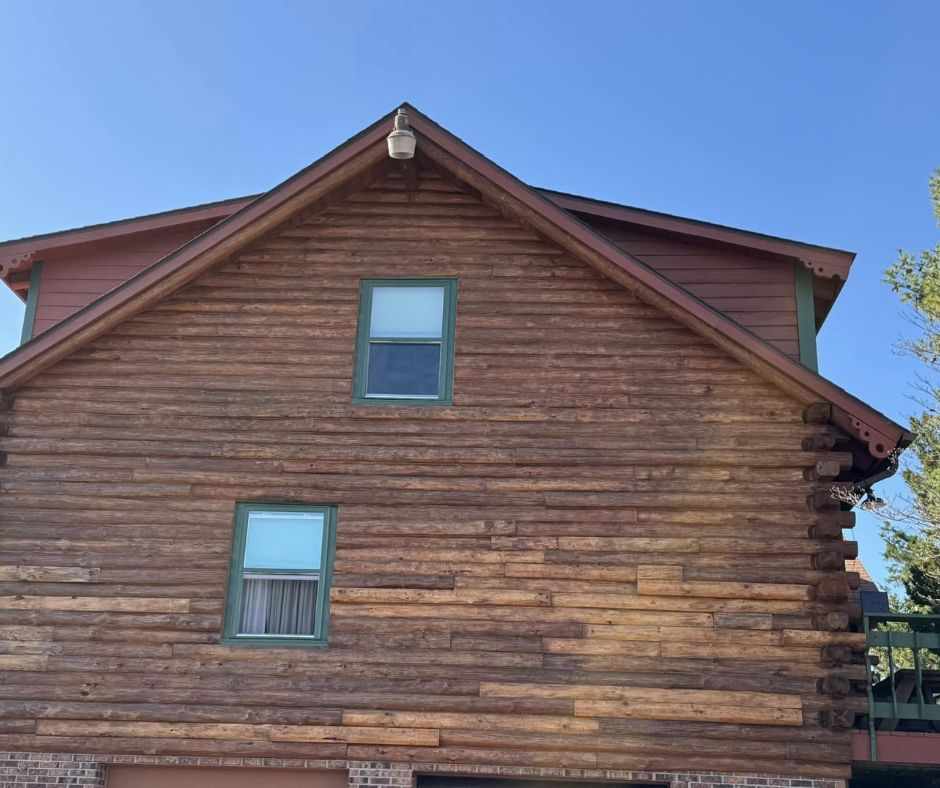
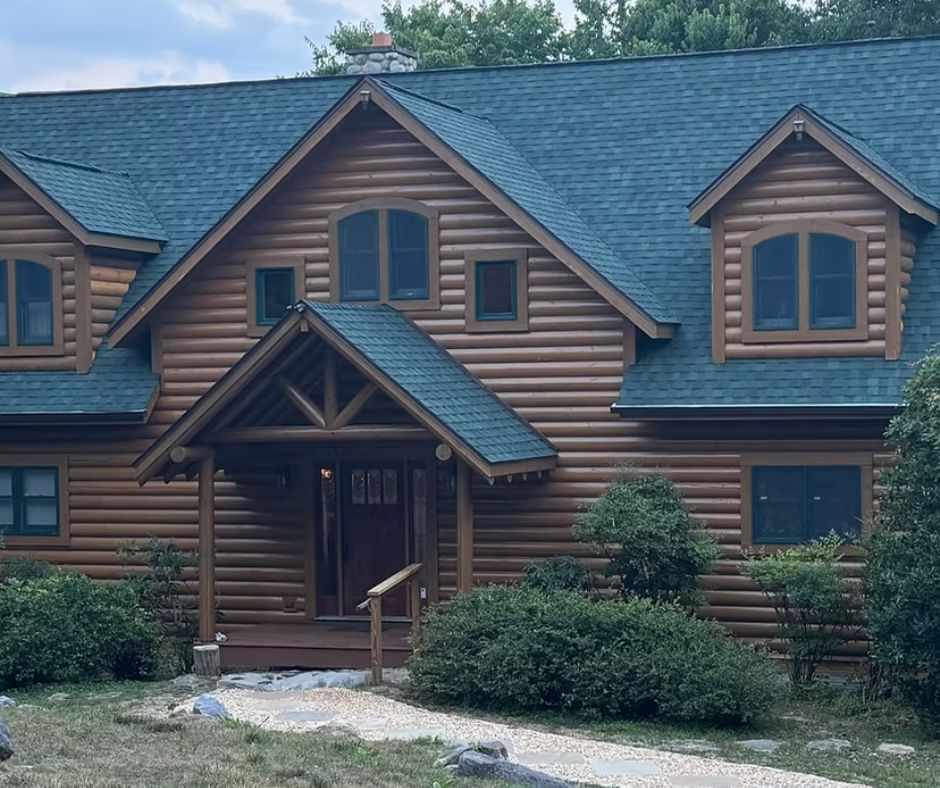
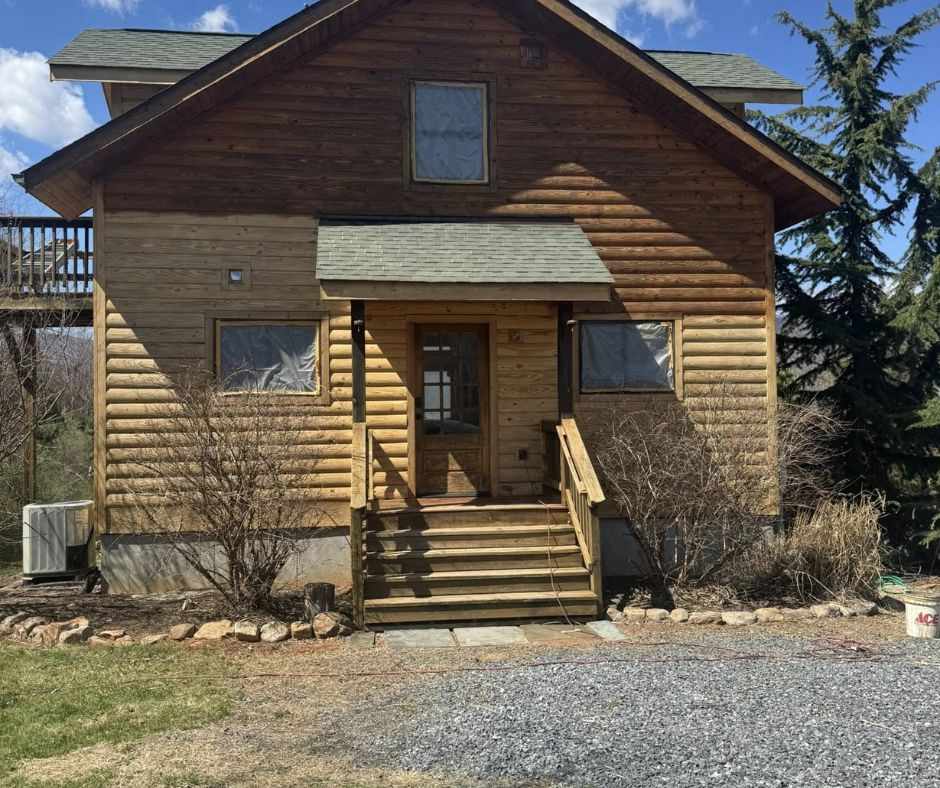
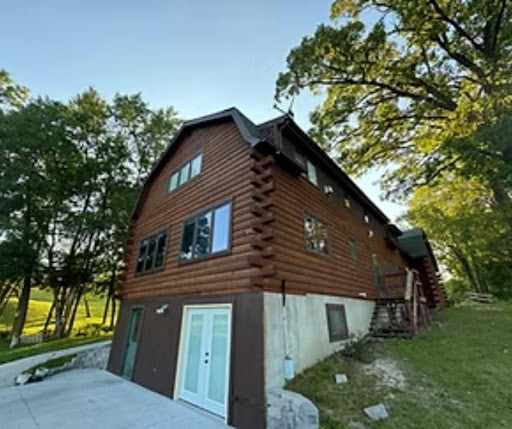
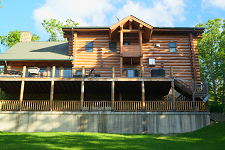
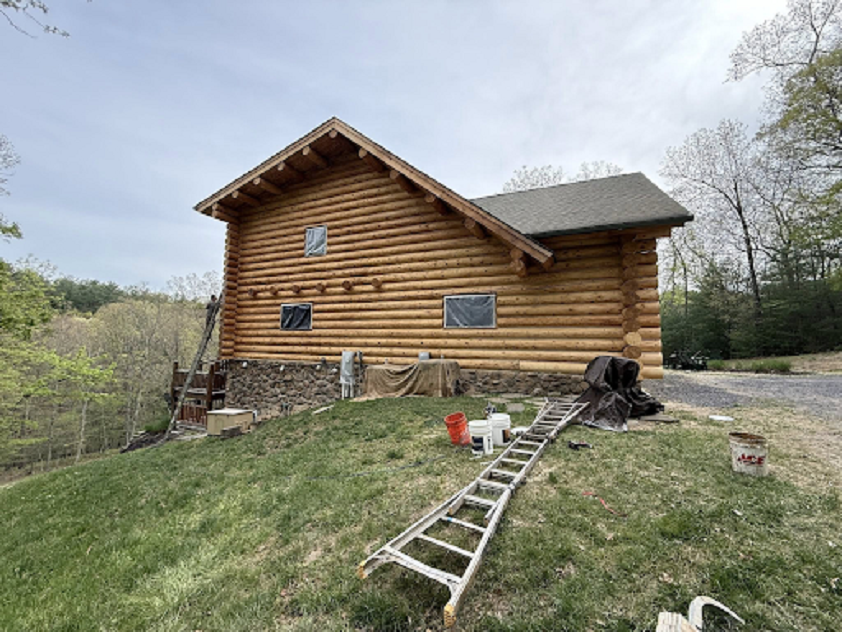
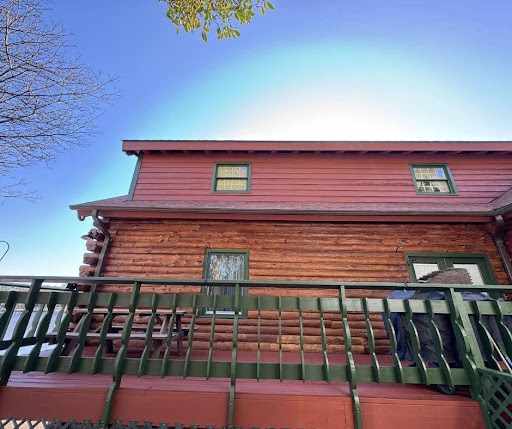

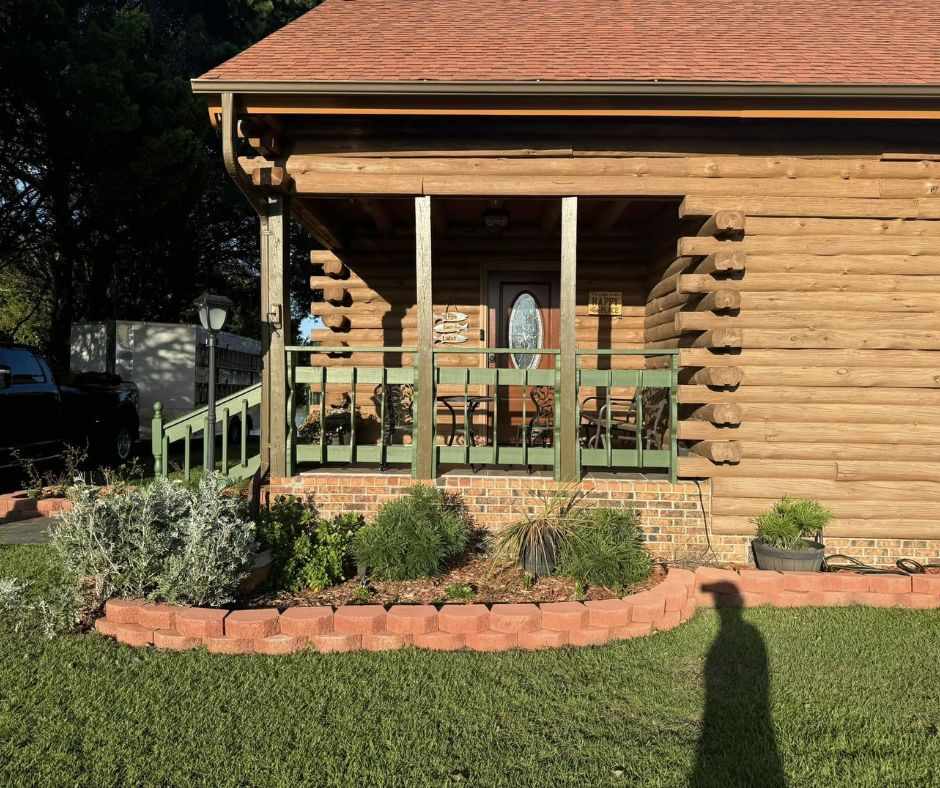
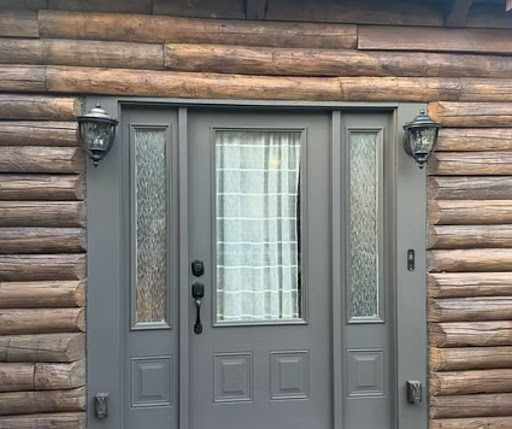


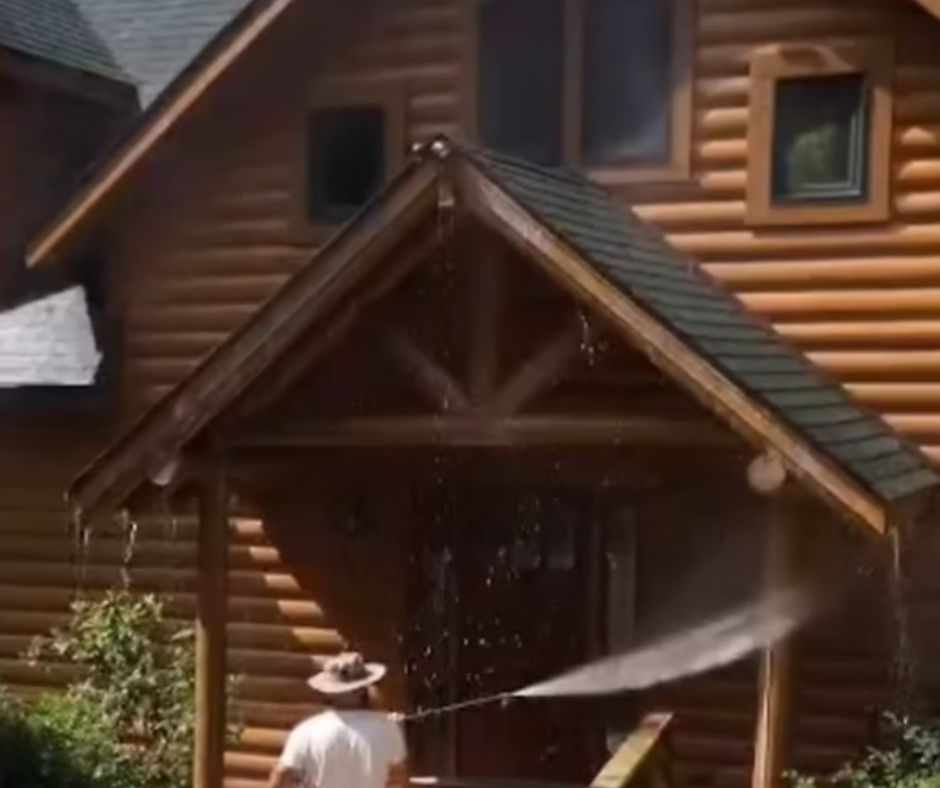
Write a comment ...